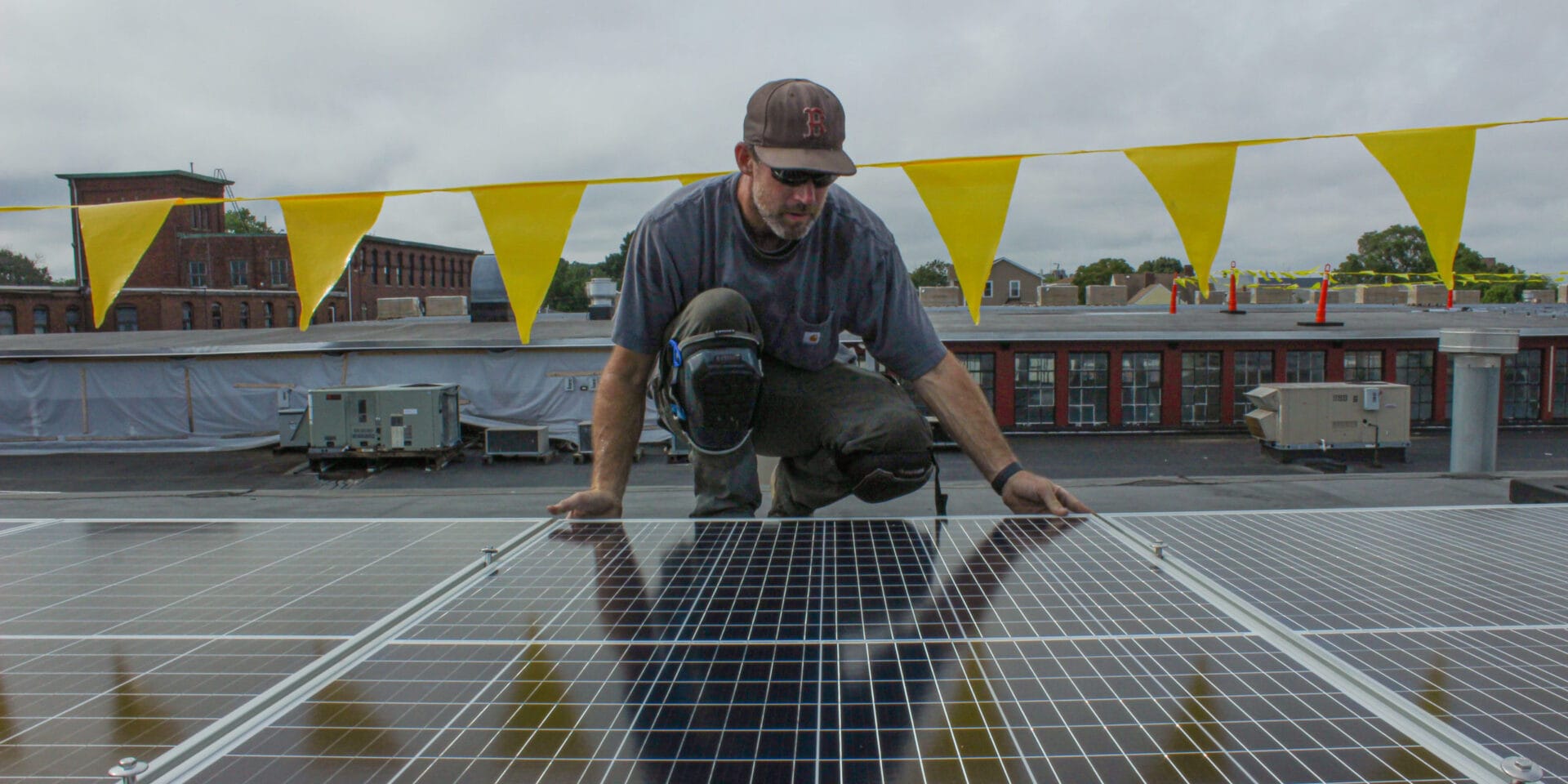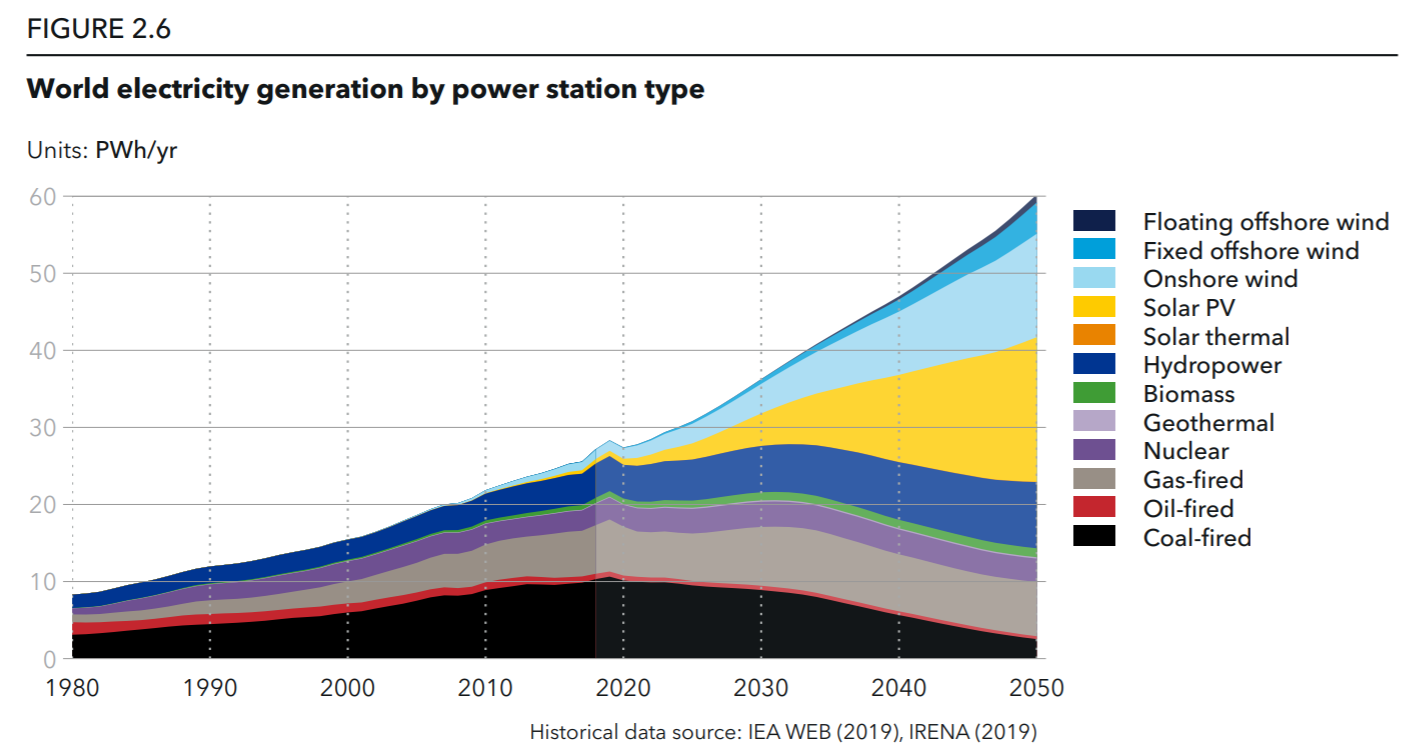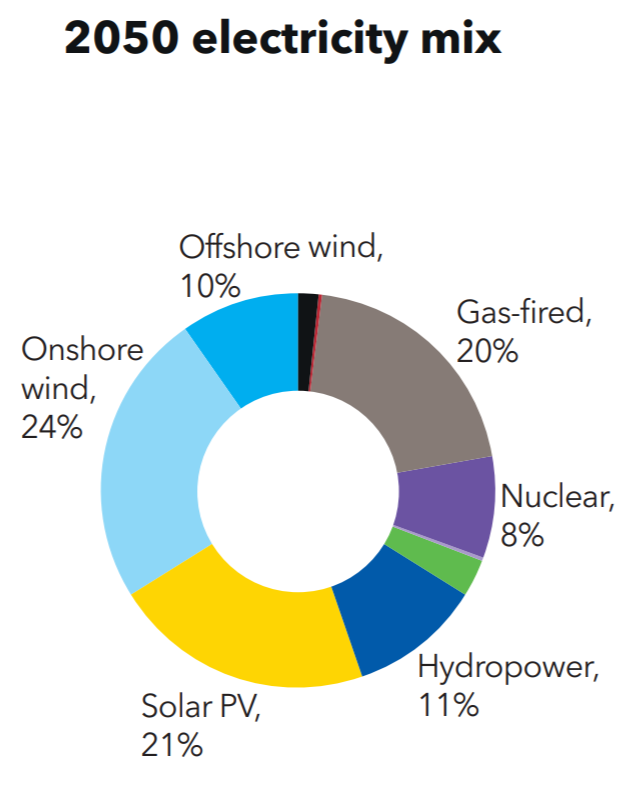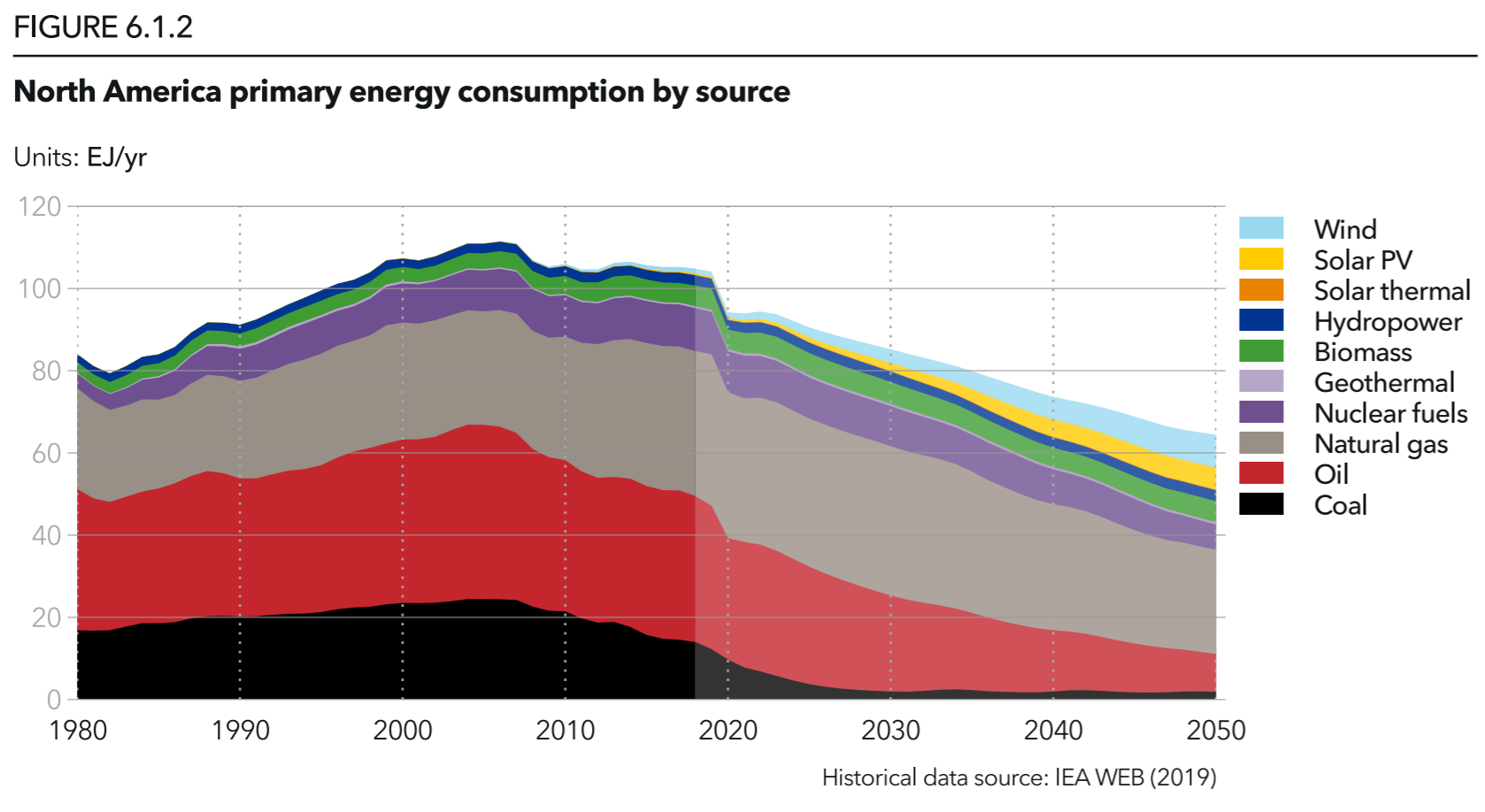Solar power is cool. It’s clean energy, innovative technology, has growing influence, it’s local, and the people who we know personally are the builders of it.
It’s still a job though. Gotta wake and work five and six a week. Make sales calls, fix issues, tell people no, and sometimes fire people. And of course, most of the reason we work – we need make a career that feeds oneself and those that matter.
So we ask ourselves – can I stick to the grind of solar, and will solar itself grind the long game?
DNV GL’s 2020 update to its Energy Transition Outlook, Power Supply and Use suggests some staying power. The group starts the graph based on real 2018 data, and then projects through 2050 – modeling that solar will grow 21-fold reaching 10 terawatts of generating capacity just before 2050. Electricity from solar will have grown from 2.4% of the world’s supply in 2019, to 33% in 2049 – totaling 18.7 petawatt hours generated.
In 2049, 470 GW of solar capacity might be installed – which is about four times the annual installation volume expected in 2020. In North America, electricity from solar will be greater than that from gas, nuclear or hydroelectric. Wind, both on- and offshore, will be the largest source of global electricity by mid century.
And almost 80% of electricity will be carbon free
One specific reason a lot of wind, solar, hydro, and nuclear electricity is nice is that electric vehicles will make up greater than 3/4 of all passenger cars. We’ve already got a preview of what this means in upstate New York.
This chart of daily electricity usage shows heavy solar variability, the big yellow daily chunk. With tiny bits of stored electricity coming from car and stand alone batteries. It also shows a massive amount of gas fired electricity.
One issue I have with the document is that it doesn’t fulfill my wishes, which I do think align with future probabilities, to see a massive amount of energy storage deployed. But maybe it’s that we’re going to get smarter at deploying complementary electricity sources and transmission, and won’t need as much energy storage. Some U.S. models suggest we’d only need 5.4 TWh – 12 hours worth of electricity – to get to 80% wind plus solar.
The massive gas fired volumes you see peaking in the early evening through midnight will be most attacked.
The document considers these intersecting needs under flexibility and energy storage. They say flexibility, because if we can shift our energy generation and demand resources from on to off easily, then we can use them while minimizing sources that emit. As of yet, DNV GL sees the flexibility of load following gas resources to still offer up a lot of generation.
The document suggests 3 TWh of lithium ion and 5.5 TWh of long term energy storage deployed in North America, and 40 TWh hours or greater deployed on the grid and in cars by 2050.
One final note re: total fossils still expected to be used in the overall energy mix in 2050: They are a massive number, represent the same sized massive opportunity, and that solar could fill a chunk of that. This chart below looks at primary energy – that means all energy, not just the electricity focused on in this article. And even with energy use dropping by almost 40% while both the population and economy grow, we still see fossils over 50%.
From all the charts I read about climate change, this simply cannot be allowed. If that is correct, and if our politics eventually do appropriately align – that means all the large and pretty numbers for potential capacity additions in this article up above – double or triple them.
So there you have it, my long term career plan. Stay at the front, keep my expertise sharp, and ride the wave.





